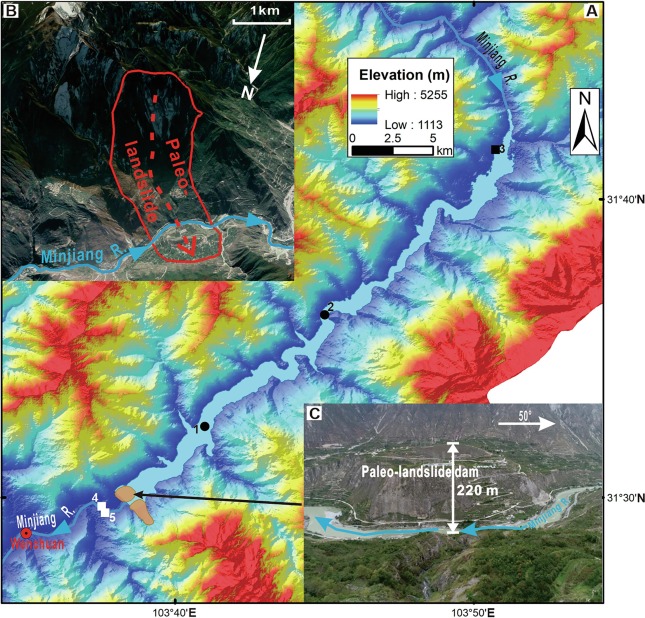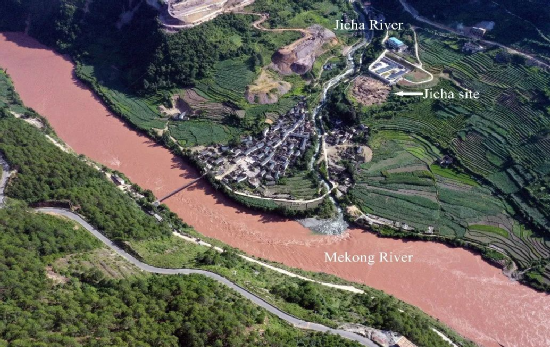
Center for Archaeological Science, Sichuan University has made significant progress in the study of ancient landslide dams in Wenchuan.
Recently, the Center for Archaeological Science, Sichuan University published its latest research findings in the internationally renowned journal Catena, titled "Geoarchaeological evidence of an ancient landslide dam (13–4.7 ka) and consequent outburst flood on the Minjiang River near Wenchuan, China." Through the perspective of studying ancient landslide dams in the Minjiang River within Wenchuan, it provides new insights for exploring the survival and development of ancient populations at sites such as Yingpanshan in the upper reaches of the Minjiang River, as well as the spread and formation of Neolithic culture in the Sichuan Basin...








